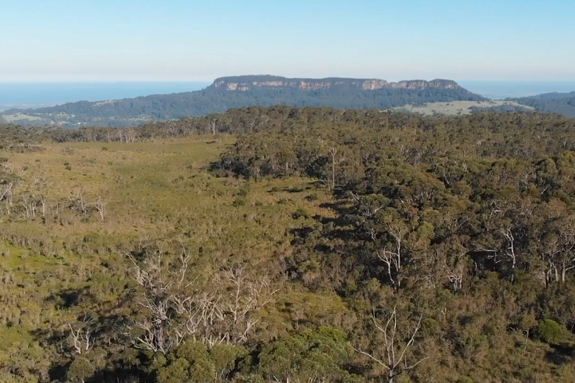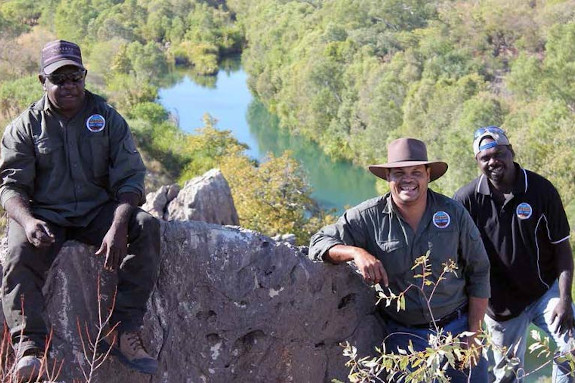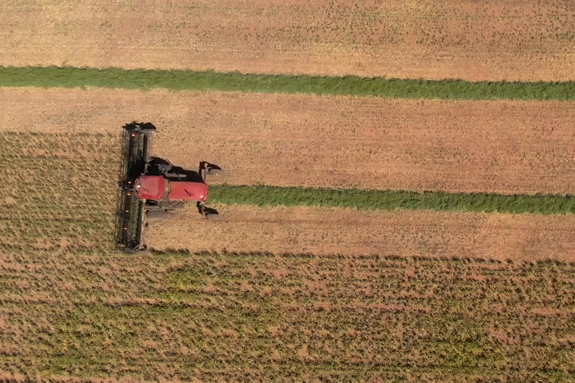Conservation in Practice with Bush Heritage Australia
Using the Conservation Standards to improve conservation practice in Australia
by Bush Heritage Australia
Bush Heritage Australia, headquartered in Melbourne, Australia, is a leading not-for-profit conservation organization that protects ecosystems and wildlife across the continent. They use the best science, conservation and right-way knowledge to deliver landscape-scale impact. They are on the ground, working with Aboriginal and Torres Strait Islander people and the agricultural sector to make sure their impact is deep, sustainable and collaborative.
Rebecca Spindler, Executive Manager for Science and Conservation, works with partners across the continent to co-manage over 11.3 million hectares of important conservation areas which include grasslands, wetlands, forests, rangelands and even coastal areas.
“The Conservation Standards have been absolutely fundamental in helping guide the way we understand what is important, what are the threats to those things, and how we go about mitigating those threats and really building value in what is important – the fundamental biodiversity and ecosystem function and structure of all of the different habitat types where we work in Australia.” says Spindler.
The Conservation Standards have also helped Bush Heritage Australia build a much more consistent approach across all of their reserves and partners by being able to use the same strategic language. allowing all collaborators to understand what they are working towards and how to measure it.
Bush Heritage Australia Impact models

Bush Heritage Australia manages 42 reserves by purchasing land in areas of high conservation value that are home to nationally significant ecosystems.

Whenever land is acquired, Bush Heritage Australia seeks to engage with the Traditional Owners to ensure they maintain access and a connection to Country. They value their insight, cultural perspective and collaboration and invest in partnering with Aboriginal groups who are themselves landowners – often of vast estates.

With almost 60% of the continent managed for agriculture, Bush Heritage Australia works with farmers to deliver meaningful impact at landscape-scale. Their work is grounded in culture and science to benefit all landscapes and native species, no matter where they call home.
Download CS
The Conservation Standards is the product of inputs, field tests, and discussions among members of the Conservation Measures Partnership (CMP), which has final editorial authority over the Conservation Standards. Substantial input was also provided by members of the Conservation Coaches Network (CCNet) and other CMP partners.
Photo Credit: Felix Cybulla
Support CS
The biodiversity conservation community is tackling large, complex, and urgent environmental problems where the stakes are high. However, we don’t have a fully functional system to assess the effectiveness of our actions. Without more rigorous measurement of effectiveness and disciplined recording of our efforts, we cannot know or demonstrate that we are achieving desired results.
Photo Credit: Felix Cybulla
Our Collaborators
Every organization, agency, project, and individual has its own preferred set of terms. There is no right answer – the most important thing is that the members of your project team and the people with whom you work have a clear and common understanding of whatever terms you choose to use.
Photo Credit: Chris Scarffe
Contact Us
To inquire about supporting Conservation Standards (CS) or for general inquiries, please contact us at CMPinfo@ConservationMeasures.org
Photo Credit: Nature Conservancy of Canada
